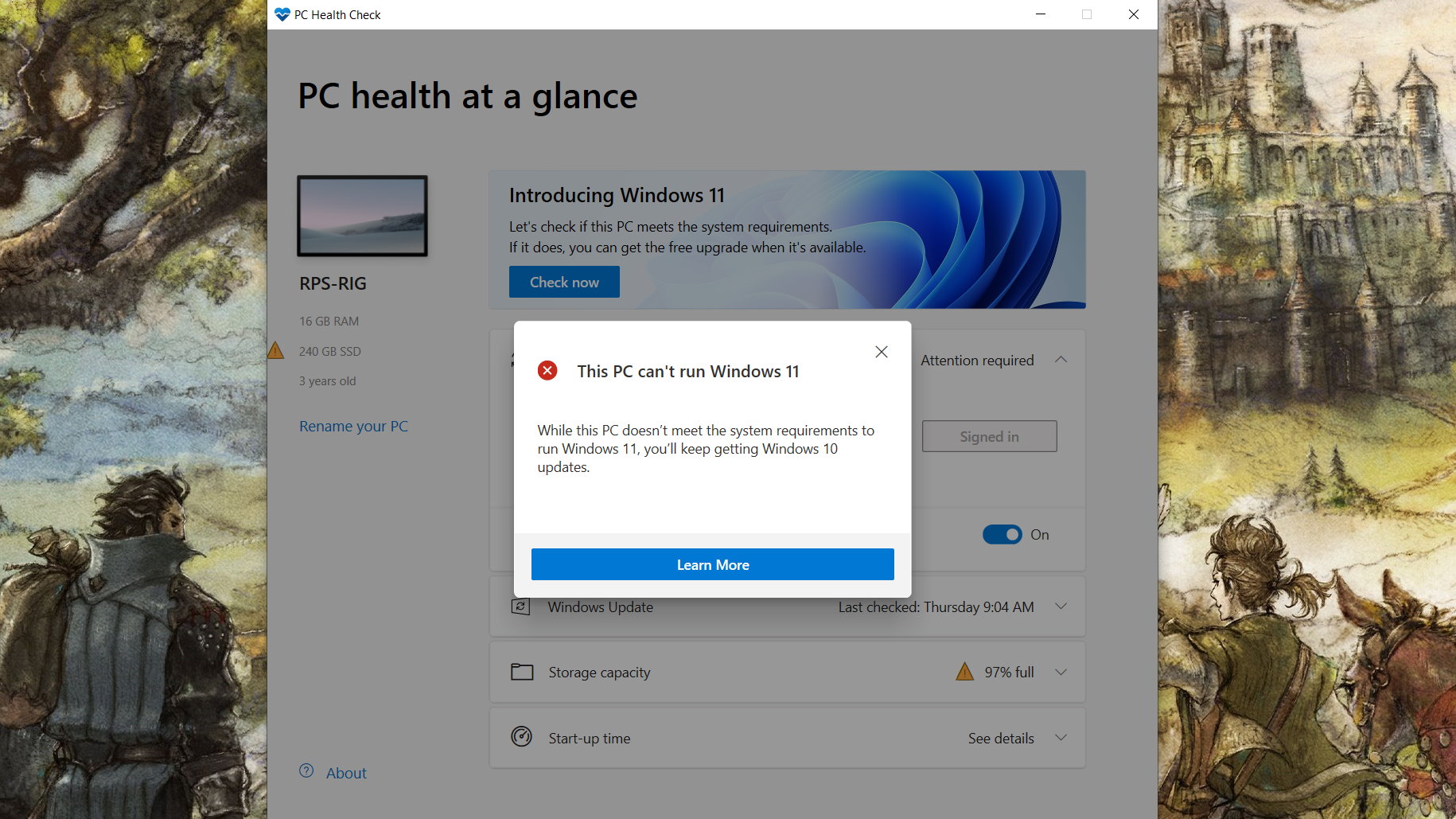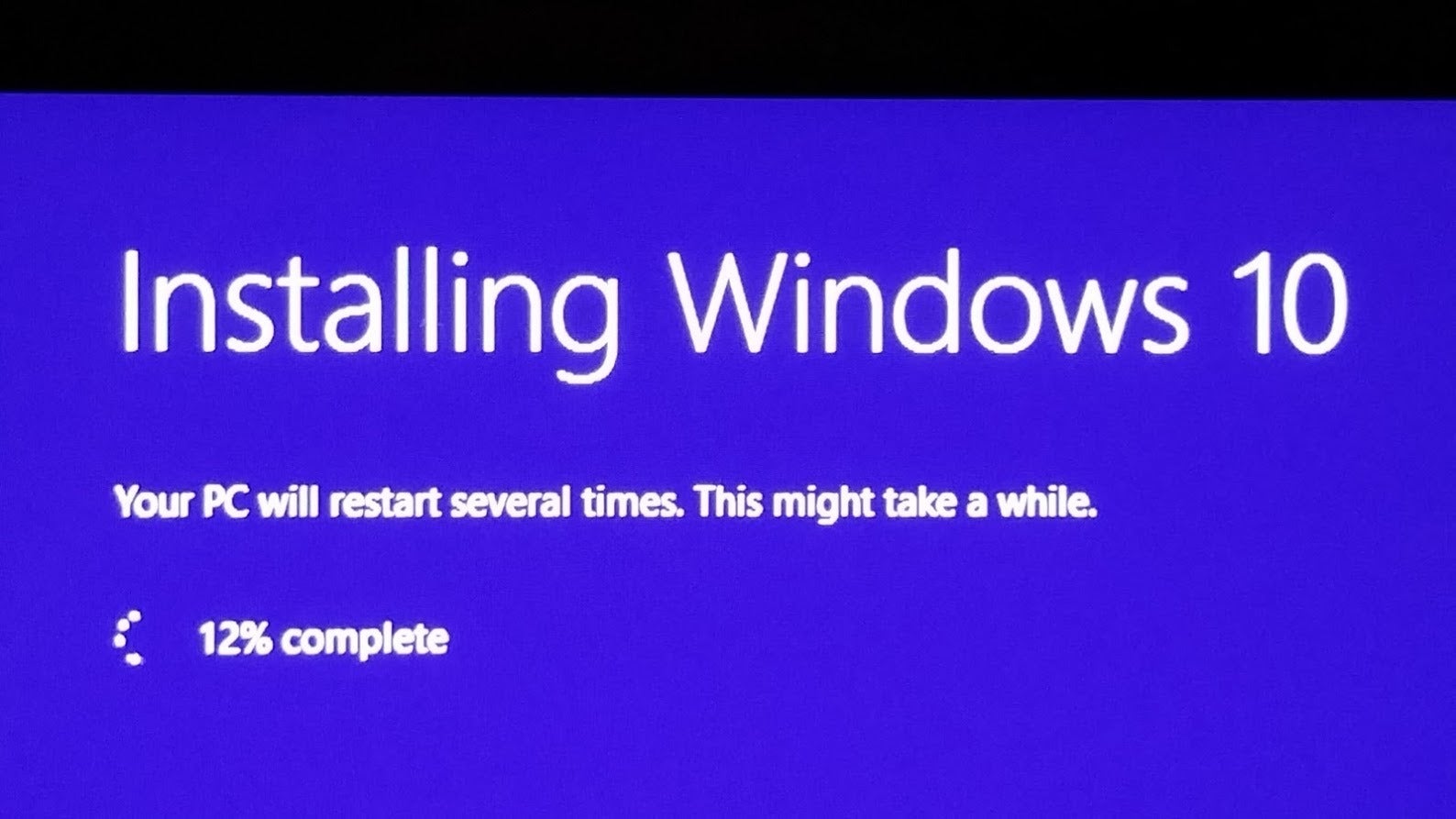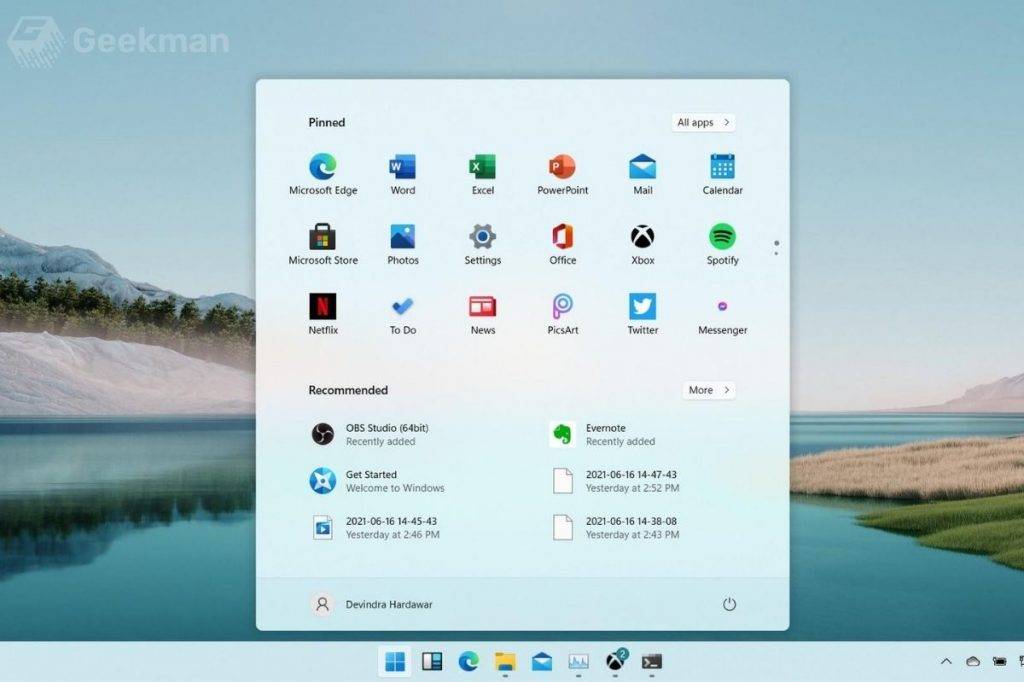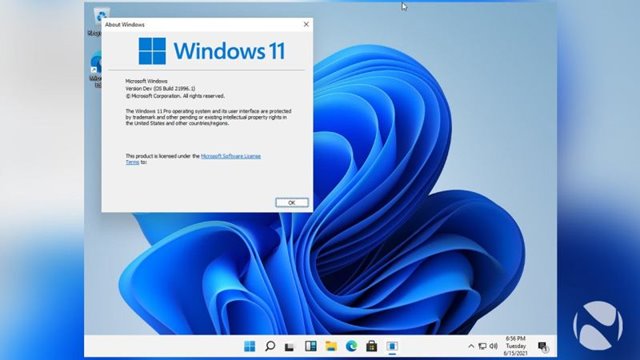Does this mean if you have mathematical operations to perform, JavaScript is useless? The real issue is the floating point/double precision numbers themselves and how errors can creep in when converted to and from binary. One solution is to simply not use floating point numbers. For JavaScript, that's difficult because the only number JavaScript has is the floating point.
It all depends on what your specific application requires. If all you deal with are whole numbers that exist between the min and max safe integers in Figure 3, you shouldn't run into the issues described in this article. The way to "fix" the error in this case is to invoke thefloat() builtin function, which returns a floating point value.
If you really wanted an integer, despite having a real in the string, useint(float). Note that this converts the string to a floating point value, which isthenconverted to an integer via truncation—that is, by discarding the fractional part. Applying these functions to '0.25' will produce a result of 0. If, on the other hand, you wanted the floating point value, just usefloat(). The real issue is floating point/double precision numbers themselves and how errors can creep in when converted to and from binary format. One way to address the problem is to first take the floating-point aspect of things away and instead, work with derived integers and then dividing the result.
Figure 8 illustrates a way to resolve the problem. Like JavaScript, all the numbers in TypeScript are stored as floating-point values. These numeric values are treated like a number data type. The number is used to represents both integers as well as floating-point values.
The number type converts the numeric literal to an instance of the number class. The number class acts as a wrapper and manipulate the numeric literals as they were objects. TypeScript also supports Binary, Octal, Decimal, and Hexadecimal literals. Bitwise operators treat their operands as a sequence of 32 bits , rather than as decimal, hexadecimal, or octal numbers. For example, the decimal number nine has a binary representation of 1001. Bitwise operators perform their operations on such binary representations, but they return standard JavaScript numerical values.
Converting between hex and binary is easy, because each digit of a hexadecimal number "maps" to four bits of a binary value. So a byte -- eight binary digits -- can always be represented by two hexadecimal digits. This makes hex a really great, concise way to represent a byte or group of bytes.
These binary-friendly bases are leveraged throughout programming structures. Binary data is encoded in these bases to ensure the fidelity of the transfer and block against errors that might rise out of accidental un-encoded binary data transfer. Your first assumption is probably that JavaScript has an integer type. Your second assumption may be that JavaScript handles mathematical operations just like your primary language. The next question to address is WHY this is the case. To begin to answer that question, let's see JavaScript in action with a simple task, adding two values and testing for equality.
The base or radix of a number is the number of unique digits, including zero, used to represent numbers in a positional numeral system. In the decimal number system, we use digits 0-9 to form the numbers. The binary number system is denoted by just two digits 0 and 1. In this article we will look at method to convert the base system of a number. This table method is perfect for keeping all of your hex digits, positions, and powers-of-16 in line.
To convert larger hex numbers, just add a columns to the left and increase n. Decimal numbers can be represented with a subscript 10 . How to parse float with two decimal places in JavaScript ? JavaScript is high level, dynamically typed, and interpreted client-side scripting language. JavaScript provides an inbuilt parseFloat () method to parse a string and returns a floating-point number. The parseFloat () method checks if the first character of the string is a number.
Have you ever felt constrained forming numbers with just 10 numerical digits? Or wanted to represent large numbers with fewer digits? Or easily identify byte values without having to look at binary's hypnotic string of 1's and 0's? For applications like these, hexadecimal often becomes the engineer's number-system-of-choice.
The set of valid digits for base-2 integers is , for base-3 integers is , and so on. For bases larger than 10, valid digits include alphabetic characters, starting from Aa for base-11 integer, to Zz for base-36 integer. JavaScript numbers are really floating points. Due to inadequecies when representing numbers in base-2, as well as a finite machine, we are left with a format that is filled with rounding errors. This article explains those rounding errors and why those errors occur. Always use a good library for numbers instead of building your own.
With a computer, there's the base 2 system of which there is only 1 factor, 2. This is the essence of a binary system; 0 or 1, on or off. This is why a computer can only natively store integers. Therefore, to get a finer level of precision via decimals, there must be a scheme within the operating bit range to represent such numbers. Note how we are converting the value (binary) to a string. We have to do this because looping over a string in Go returns the byte representation of each character .
The last thing to do is to calculate each column, and add the result together to get our decimal representation. To convert binary integer to decimal, start from the left. Take your current total, multiply it by two and add the current digit. Continue until there are no more digits left.Here is an example of such conversion using the fraction 1011. So there you have it; the basics of JavaScript's parseInt function.
Remember that parseInt's primary purpose is to take a string value and convert that value to an integer of the type number. You can specify the base that you want to use. If the function is passed a value that cannot be readily converted in to a number, then parseInt will return a value of NaN. You can solve this error by using thePython isdigit() methodto check whether the value is number or not. The returnsTrueif all the characters are digits, otherwiseFalse. What the function does is, theint()function converts the specified value into anintegernumber.
Theint()function returns anintegerobject constructed from a number or string x, or return 0 if no arguments are given. A number or string to be converted tointegerobject. You can solve this error by using Python isdigit() method to check whether the value is number or not.
The returns True if all the characters are digits, otherwise False . Converting from hex to binary is a lot like converting binary to hex. Simply take a hex digit and turn it into four binary digits. Repeat until your number is full of 0's and 1's.
Of the 64 bits available, 1 bit is used for the sign – whether a number is positive or not. 11 bits are used for the exponent – this allows for up to 1024 as an exponent. The remaining 52 bits are allocated for the mantissa. If you've ever wondered why there were things such as +0 and -0 in JavaScript, the sign bit explains that quite a bit – all numbers in JavaScript have the sign bit. Infinity and NaN are also encoded in the floating point – with 2047 as a special exponent.
If the mantissa is 0, it is either a positive or negative Infinity. This is where we derive most of our binary floating points from. Note that the significand is now an integer. This makes it far simpler to store a floating point number in a machine. In fact, the most widely used method of representing floating points in binary is with the IEEE 754 format. Base16 is often used in assembly languages, which is the lowest level accessible programming language.
Because hexadecimals are easy to convert to binary, they are an easier way to write assembly code instructions. We know the best approach, to convert from binary to decimal, is to start with the right-most number/column. Let's start by writing a simple binaryToDecimal function, which accepts a string and prints it out from the right-most column to the left-most column. Given a number and its base, convert it to decimal. The base of number can be anything such that all digits can be represented using 0 to 9 and A to Z. The value of A is 10, the value of B is 11 and so on.
Write a function to convert the number to decimal. Aside from converting the number type, the toString() method is also available for converting other data types into their string representations. Shift operators convert their operands to 32-bit integers in big-endian order and return a result of the same type as the left operand.
The right operand should be less than 32, but if not only the low five bits will be used. NaN. ParseInt has a total of two parameters and thus takes two arguments. The second parameter specifies a radix value (i.e., a value representing the mathematical base that will be used when converting the string value to a number).
To convert between binary and hex, we want to take advantage of the fact that four binary digits map to one hex digit. Follow these steps to convert from binary to hex. This page covers the very basics of hex, including an overview of the digits we use to represent hex numbers and tools we use to indicate a number is a hex value. We also cover very simple "decimal-to-hex" conversion in the form of hexadecimal counting. Among the poorer suggestions I've seen so far is storing everything as an integer number for operations, and then formatting it for display. An example can be seen in Stripe – the amounts are stored in cents.
This has a notable problem – not all currencies in the world are actually decimal . Also, there are currencies in the world where there are no subunits or non-100 subunits , or more than one subunit . Eventually, you'd just recreate the floating point – probably poorly too. At some point in a JavaScript developer's career, she will come across strange bugs – basic mathematics that do not seem to make sense. And at some point or another, she will be told that numbers in JavaScript are actually floating points.
Any attempts to understand floating points or why they act so strangely will eventually lead to a long and a difficult-to-read article. The goal of this article is to make floating points simple for JavaScript developers. The second parameter to parseInt is the radix, which is the base you want to use when converting. If you set this to 10, it will always give you the result you expect, treating the string as a decimal.
The parseInt() function will return the number that is represented by the string in the given base. If the string cannot be converted into a number in the given base, then the function will return NaN . To convert fraction to binary, start with the fraction in question and multiply it by 2 keeping notice of the resulting integer and fractional part. Continue multiplying by 2 until you get a resulting fractional part equal to zero.
Then just write out the integer parts from the results of each multiplication. Convert any type of numbers with toString() methodFinally, the toString() method also accepts the radix or base parameter. The radix allows you to convert a number from the decimal number system to a string representing the number in other number systems. The JavaScript built-in method toString() returns a string value in a specified radix . Here, toString converts the decimal number to binary number. In order to convert a Number from decimal to it's hexadecimal String representation the toString method can be used with radix 16.
The most common representation after decimal is hexadecimal , but the contents of this section work for all bases in the range. On my current project, we're doing a lot of math with dollars and cents on a Node.js server. We're not just adding, but calculating discounts and taxes and the like. Typically, one would do money math in JavaScript by representing the amounts as decimal numbers and using floating-point math. The error messageinvalid literal for int() with base 10would seem to indicate that you are passing a string that's not an integer to theint() function.
In other words it's either empty, or has a character in it other than a digit. The error message invalid literal for int() with base 10 would seem to indicate that you are passing a string that's not an integer to the int() function . PareseFloat() is used to convert the string to a floating point number assuming the respondent will enter a currency with a decimal. If they will only enter an integer use parseInt() as above.
I2C and SPI -- These communication interfaces almost always require use of hex in some way or another. Devices that communicate of SPI or I2C usually have a list of registers, which are all mapped with hexadecimal addresses. I2C devices are all assigned unique, 7-bit addresses, which are usually presented in hexadecimal.
For example, the register map above is from the LSM9DS0 . It lists register addresses, which are used to control the sensor, in both hex and binary. If you want to access the CTRL_REG2_G register, it's much easier to remember 0x21 than 0b010001, and discovering a typo in the hex value is much easier than in binary. For that reason, we're much more likely to use hex values in our code than their binary equivalents. Powers of 16 are a critical part of hexadecimal.





















































